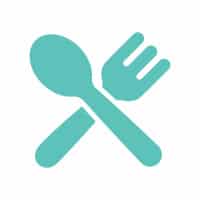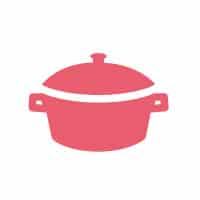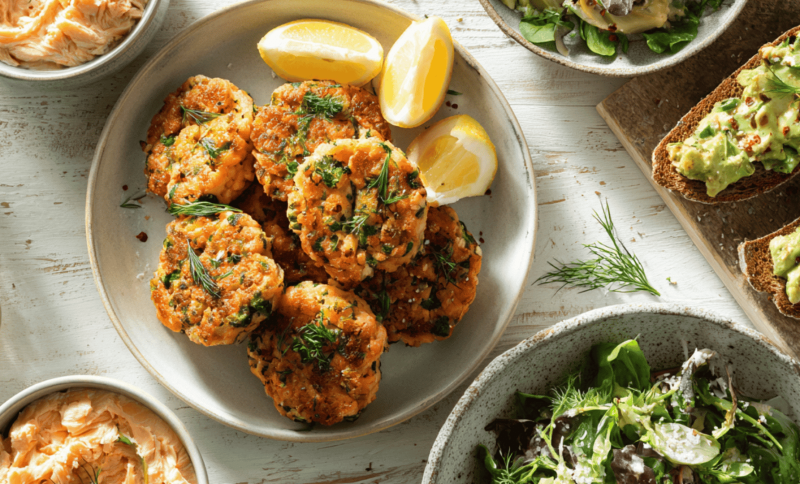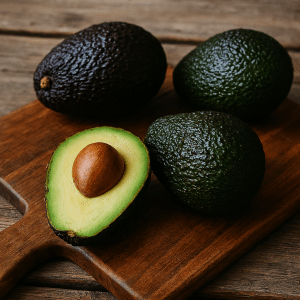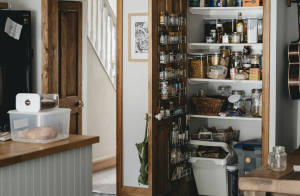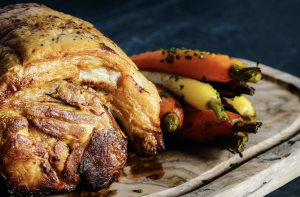Got some cooked salmon sitting in your fridge? You’re not alone. Many people cook too much salmon for dinner and wonder what to do with it the next day.
The good news is that leftover salmon is actually a gift in disguise.
Instead of eating the same meal twice, you can turn that extra fish into completely new dishes that taste amazing. Leftover salmon is versatile, healthy, and ready to go since it’s already cooked.
You don’t need fancy cooking skills or expensive ingredients to make something delicious.
Here are fresh leftover salmon recipes that are easy to make, along with helpful tips on storing salmon safely and ensuring every bite tastes great.
Key Guidelines Before You Start
Before diving into recipes, let’s cover some important basics. These simple guidelines will help you use leftover salmon safely and make your dishes taste their best.
1. Safety and Freshness
Cooked salmon stays good in the fridge for about three to four days. Always store it in an airtight container within two hours of cooking.
If your salmon smells too fishy or sour, it’s time to toss it. Trust your nose.
2. Preparing Your Leftover Salmon
Getting your salmon ready is simple. Check for any skin or small bones and remove them. Then, break the fish into chunks or flakes with a fork.
Some recipes call for bigger pieces, while others work better with smaller flakes.
3. Keeping It Moist and Flavorful
Cooked salmon can dry out easily. Add moisture back in by mixing it with creamy ingredients like yogurt, mayo, or cream cheese. Citrus juice, like lemon or lime, brightens up the flavor and makes the fish taste fresher.
Salmon pairs nicely with fresh herbs like dill, parsley, and chives. It loves citrus fruits and tangy ingredients. Even soy sauce and ginger make great partners.
Recipe Ideas for Leftover Salmon
Now for the fun part: turning that leftover salmon into meals you’ll actually want to eat!
1. Salmon Cakes with Herb Aioli
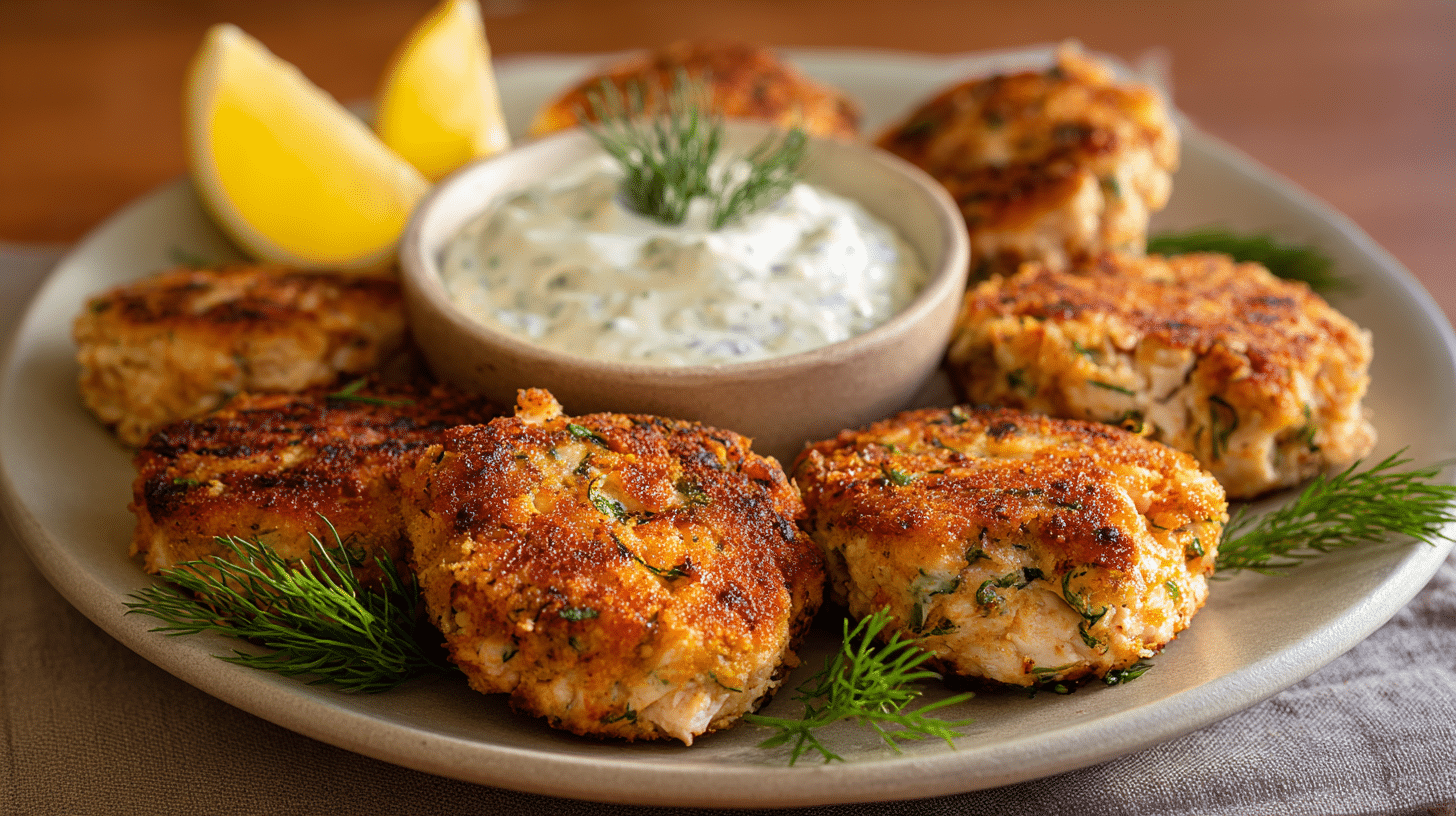
|
Ingredients (makes ~4 cakes):
Herb Aioli (for serving):
|
Method:
-
Mix salmon, egg, breadcrumbs, onion, herbs, salt, and pepper gently.
-
Form patties; chill if soft.
-
Fry in oil/butter ~3–4 min per side until golden.
-
Serve with herb aioli and greens.
Pro Tip: Chill the patties before frying; it helps them hold shape and stay moist.
2. Creamy Salmon Pasta
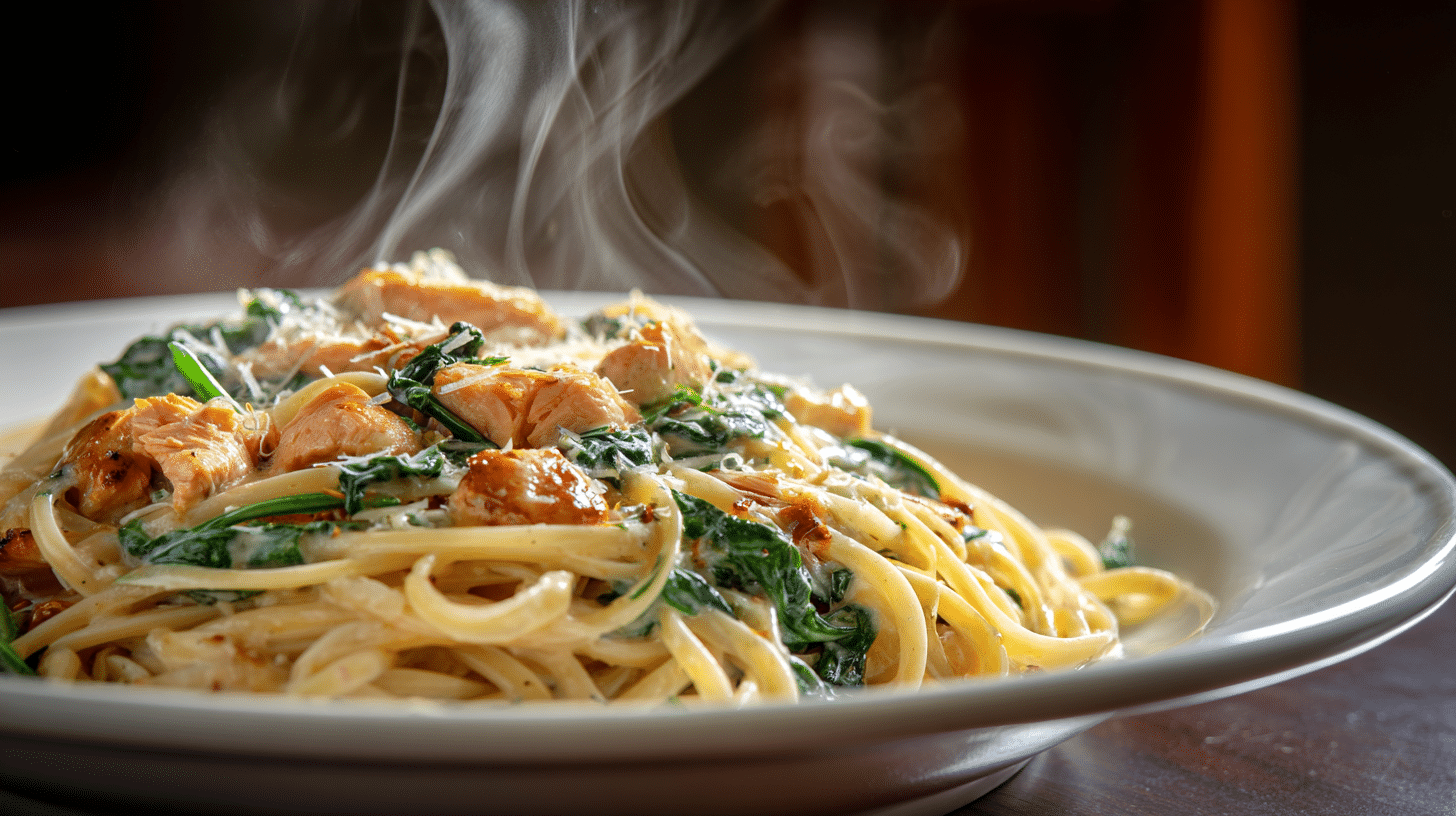
|
Ingredients (2 servings):
|
Method:
-
Sauté garlic in olive oil.
-
Stir in cream and Parmesan until thickened.
-
Add spinach, cook until wilted.
-
Toss with pasta and fold in salmon.
Pro Tip: Add the salmon at the very end to keep it tender and prevent drying.
3. Salmon Fried Rice
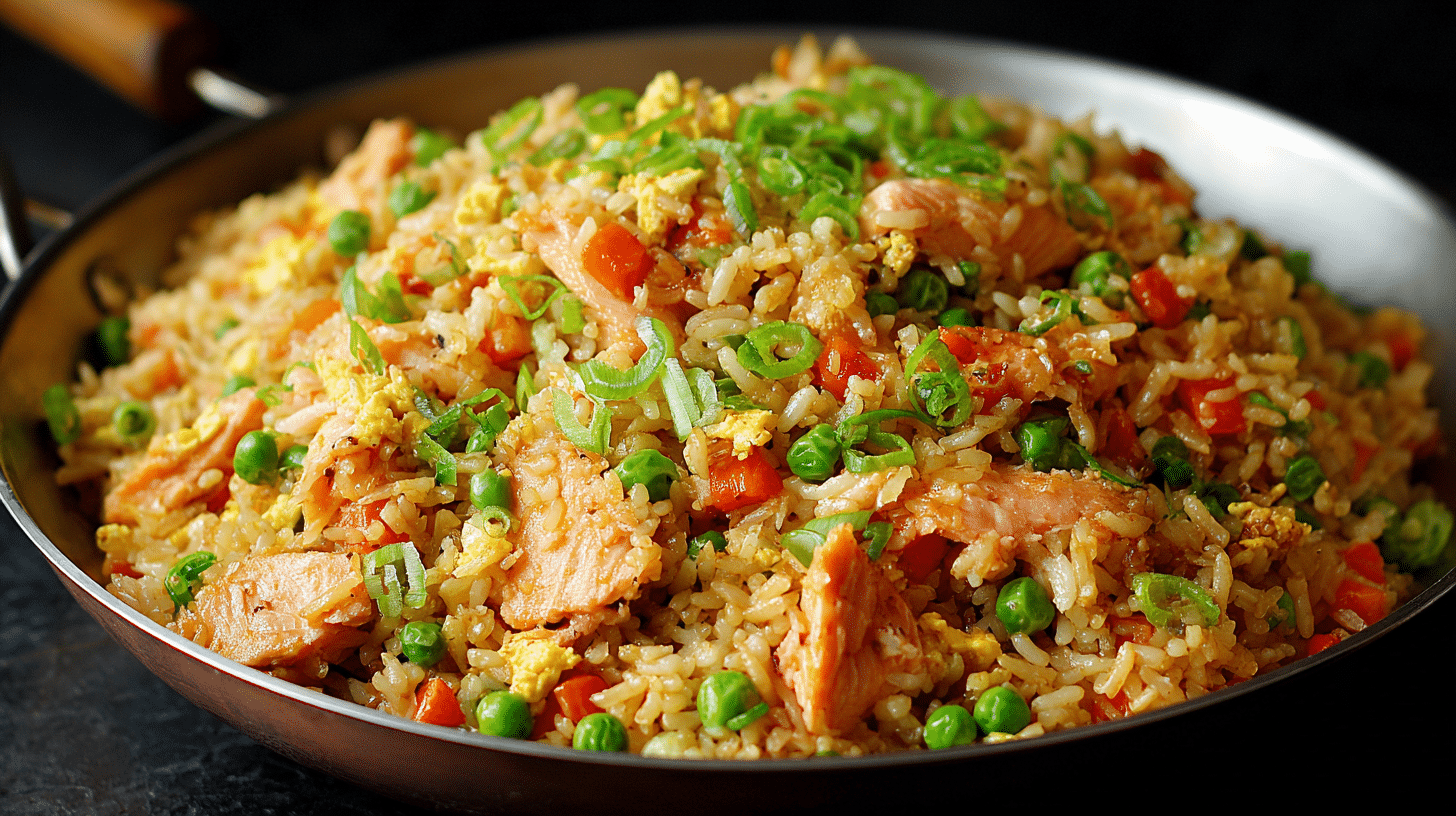
|
Ingredients (2 servings):
|
Method:
-
Scramble eggs, set aside.
-
Stir-fry veggies, add rice, and soy sauce.
-
Fold in salmon and eggs.
-
Finish with sesame oil and scallions.
Pro Tip: Always use cold, day-old rice, it prevents clumping and gives the best texture.
4. Salmon Tacos
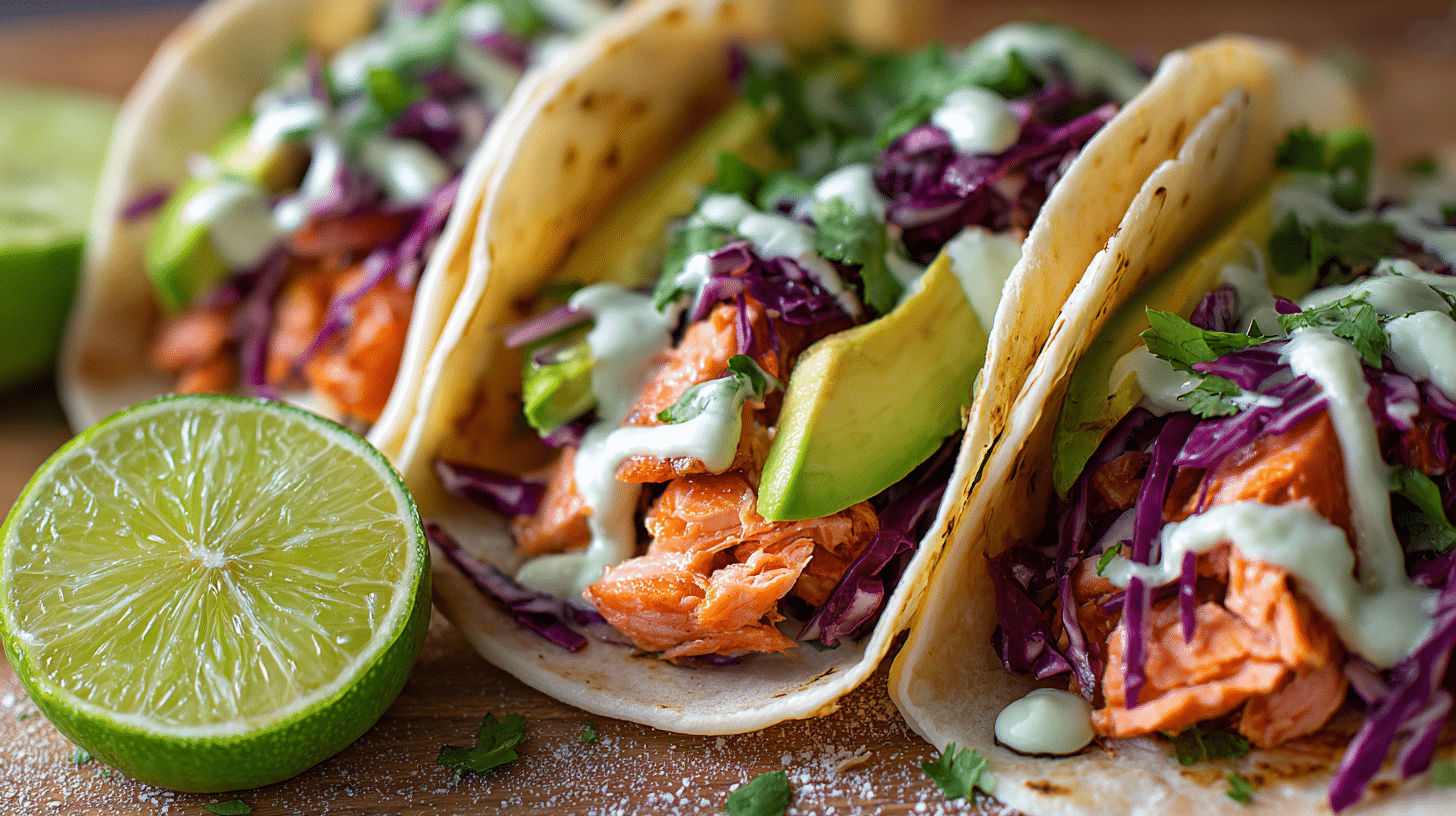
|
Ingredients (4 tacos):
|
Method:
-
Warm tortillas.
-
Fill with salmon, slaw, and avocado.
-
Drizzle lime crema.
Pro Tip: Add pickled onions or jalapeños for a bright, tangy crunch.
5. Salmon Salad Bowl
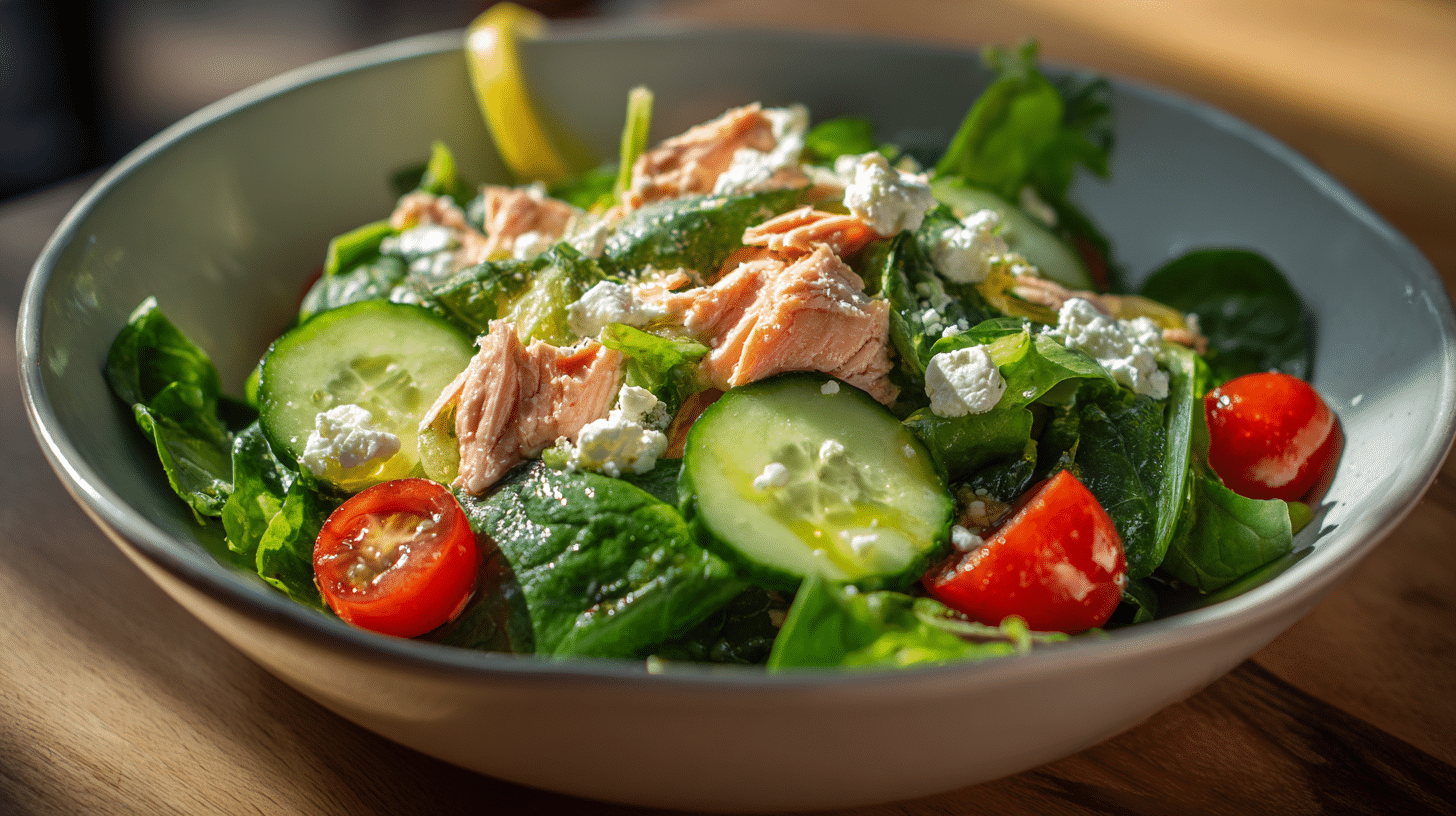
|
Ingredients (2 servings):
|
Method:
-
Layer base in bowl.
-
Top with veggies and salmon.
-
Drizzle vinaigrette.
Pro Tip: Keep it fresh, serve salmon cold straight from the fridge for best texture.
6. Salmon Burgers
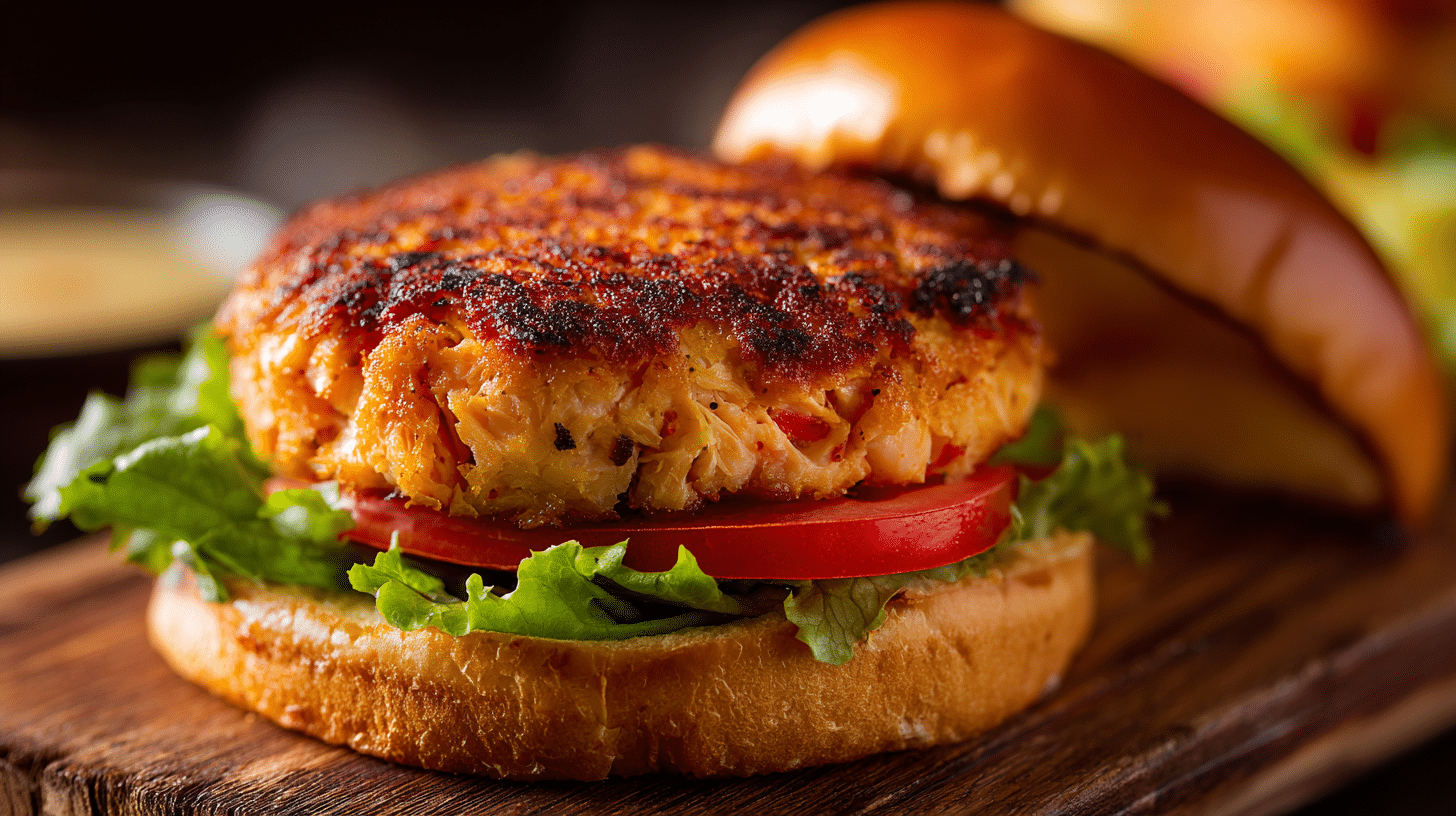
|
Ingredients (makes 2):
|
Method:
-
Mix salmon, egg, breadcrumbs, and seasoning.
-
Form patties and grill/pan-fry.
-
Serve on buns with toppings.
Pro Tip: Chill patties before cooking so they hold together on the grill.
7. Salmon Risotto
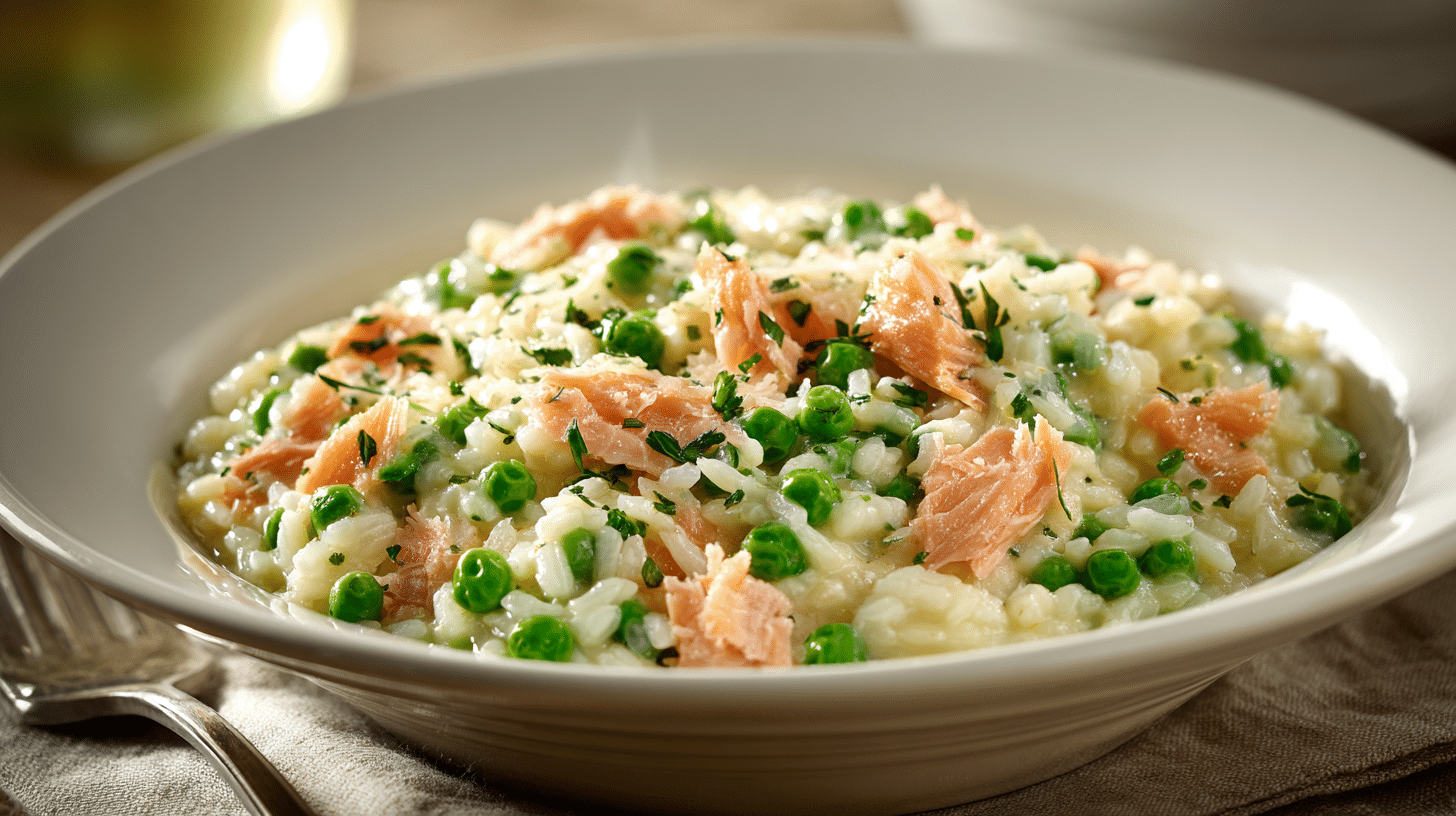
|
Ingredients (2 servings):
|
Method:
-
Sauté onion, add rice, stir until coated.
-
Add wine, then broth gradually, stirring until creamy.
-
Fold in Parmesan, peas, and salmon at the end.
Pro Tip: Add salmon last and stir gently so the flakes stay intact.
8. Salmon Chowder
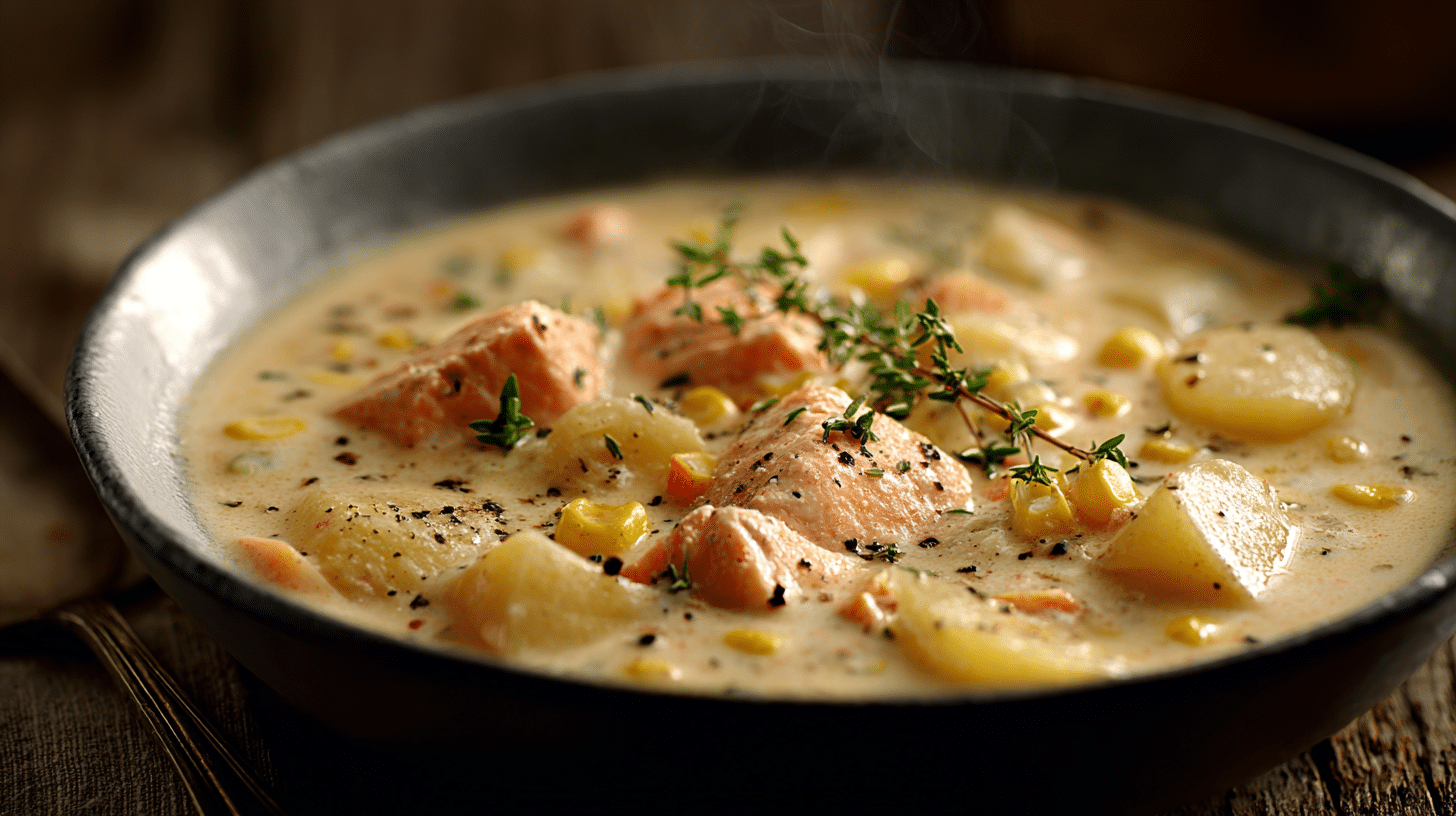
|
Ingredients (2 servings):
|
Method:
-
Sauté the onion, add the potatoes and broth, and simmer until soft.
-
Stir in corn, cream, and salmon.
-
Simmer 2–3 mins, season.
Pro Tip: Add salmon right before serving. It reheats quickly and stays juicy.
9. Salmon Omelette
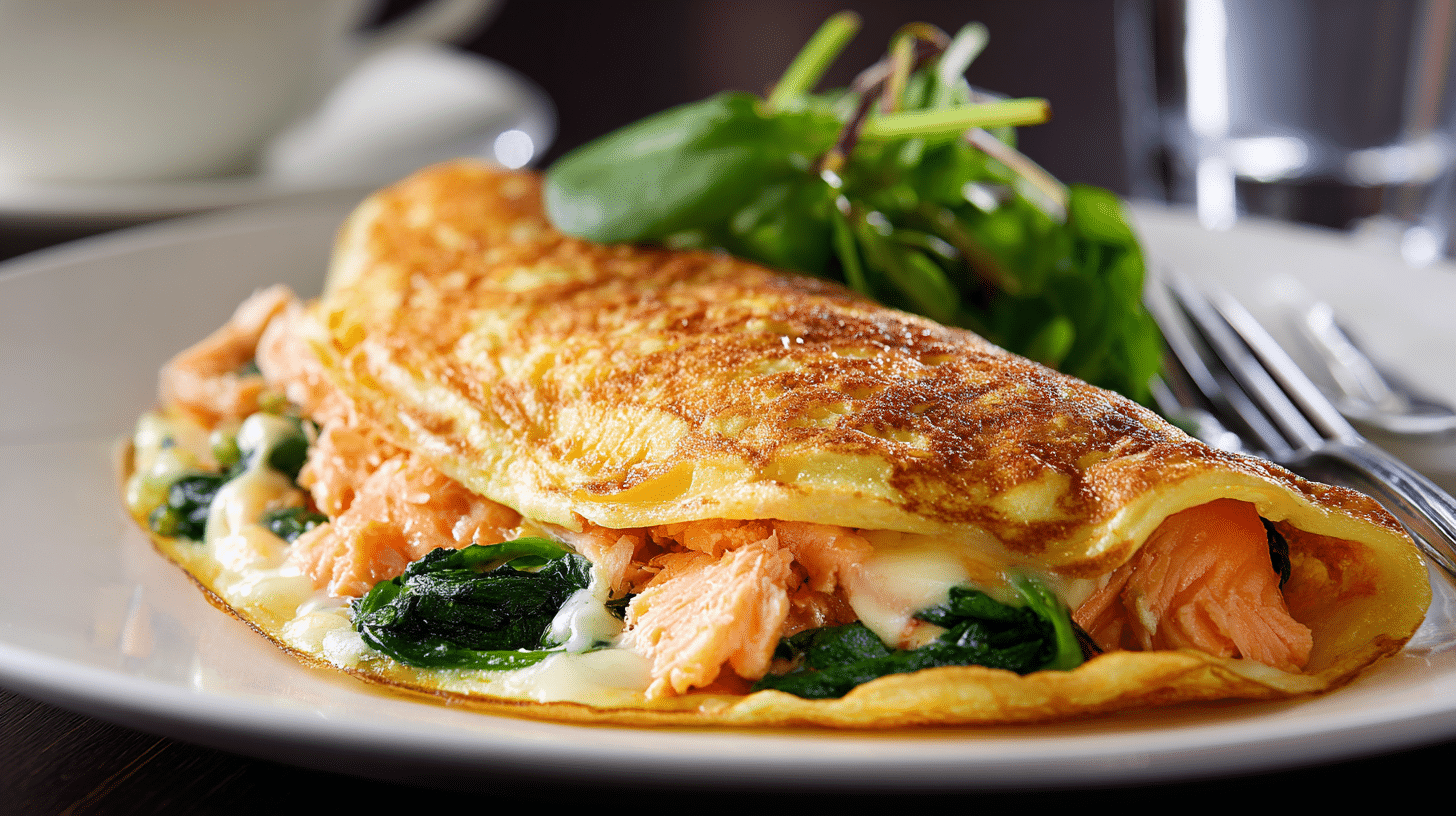
|
Ingredients (2 servings):
|
Method:
-
Whisk eggs, pour into skillet.
-
Add salmon, spinach, cheese, and onion.
-
Cook until set, fold, and serve.
Pro Tip: Fresh dill adds brightness and pairs perfectly with salmon.
10. Salmon Dip
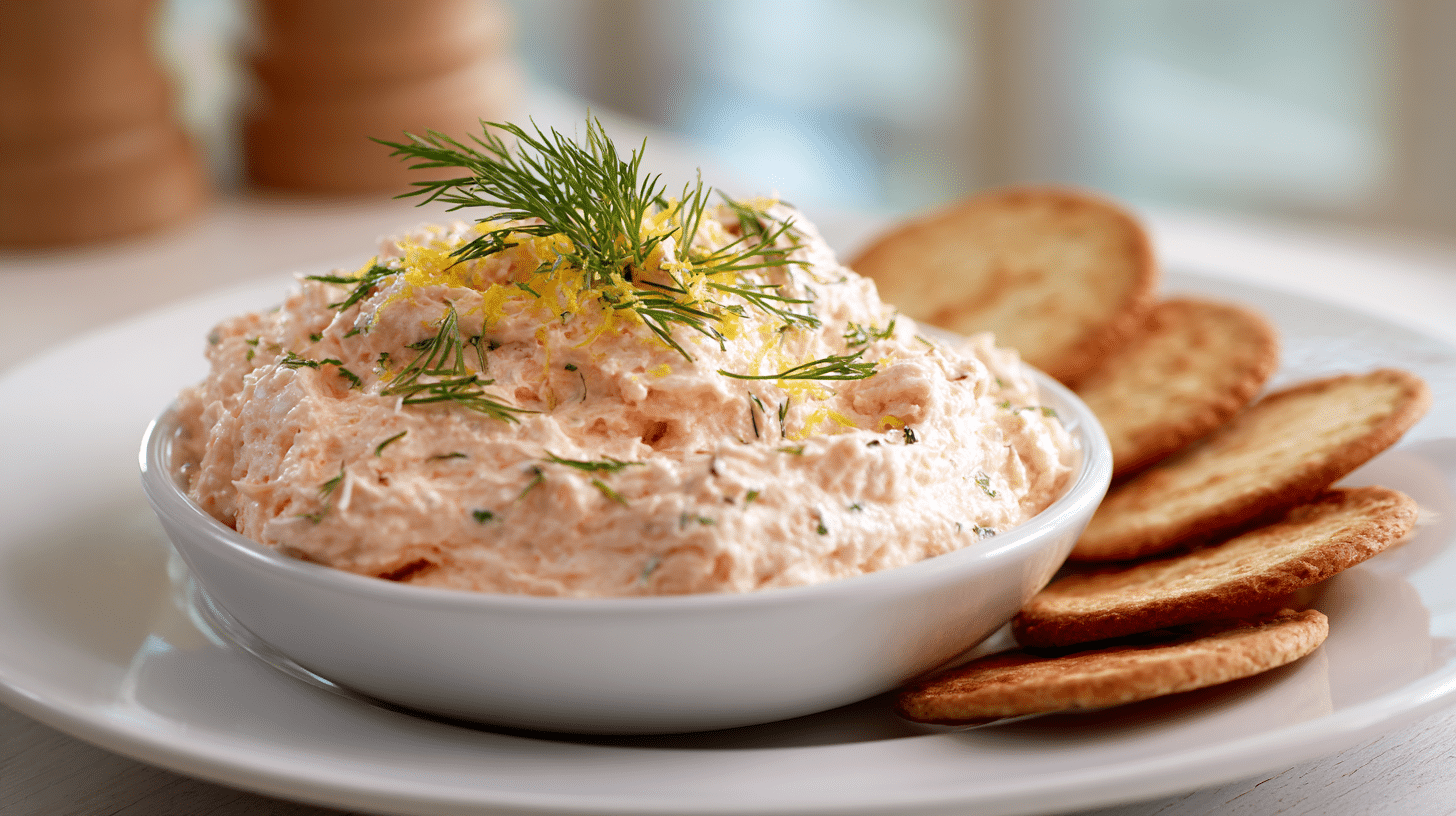
|
Ingredients (1 cup):
|
Method:
-
Blend all ingredients until smooth.
-
Chill before serving.
Pro Tip: Stir in a spoonful of horseradish or capers for a flavor boost.
11. Salmon Quiche
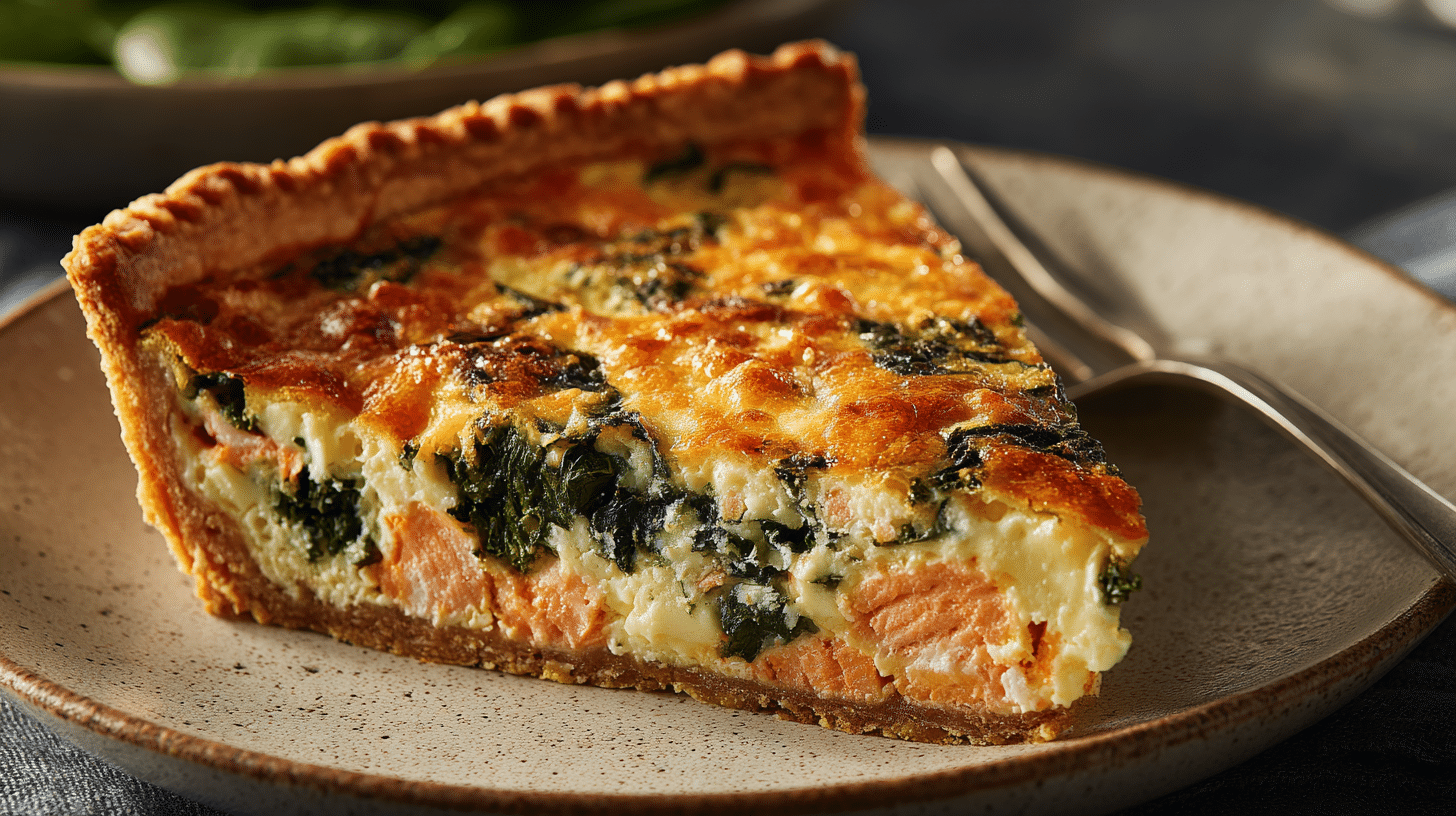
|
Ingredients (serves 4):
|
Method:
-
Preheat oven to 375°F.
-
Whisk eggs and cream, season.
-
Add spinach, cheese, and salmon to the shell.
-
Bake 25–30 mins until set.
Pro Tip: Let the quiche rest for 10 minutes before slicing for clean cuts.
12. Salmon Avocado Toast
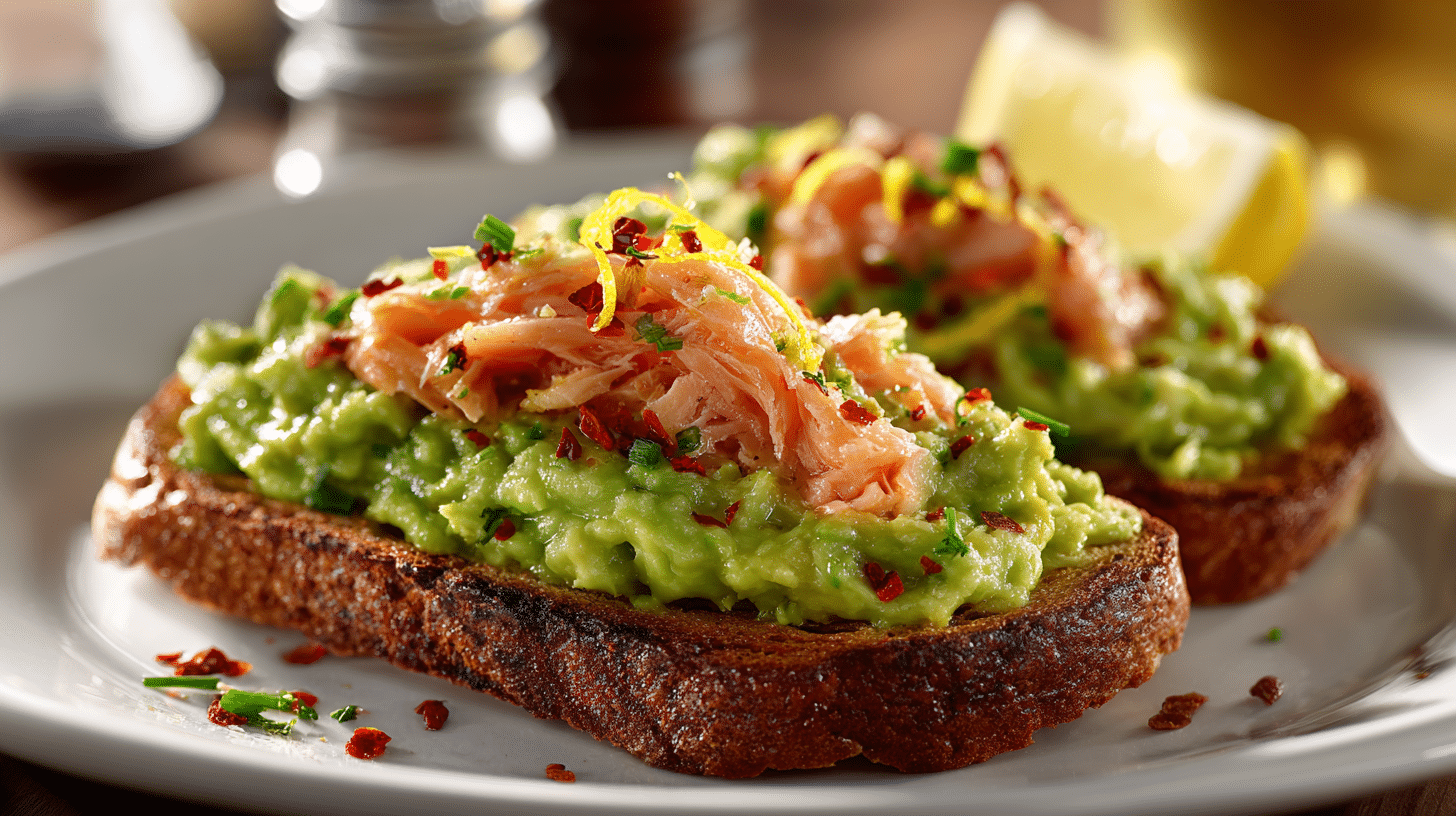
|
Ingredients (2 servings):
|
Method:
-
Toast bread, mash avocado with lemon.
-
Spread, top with salmon, and sprinkle chili flakes.
Pro Tip: Add a poached egg on top for extra protein and richness.
13. Salmon Nicoise Salad
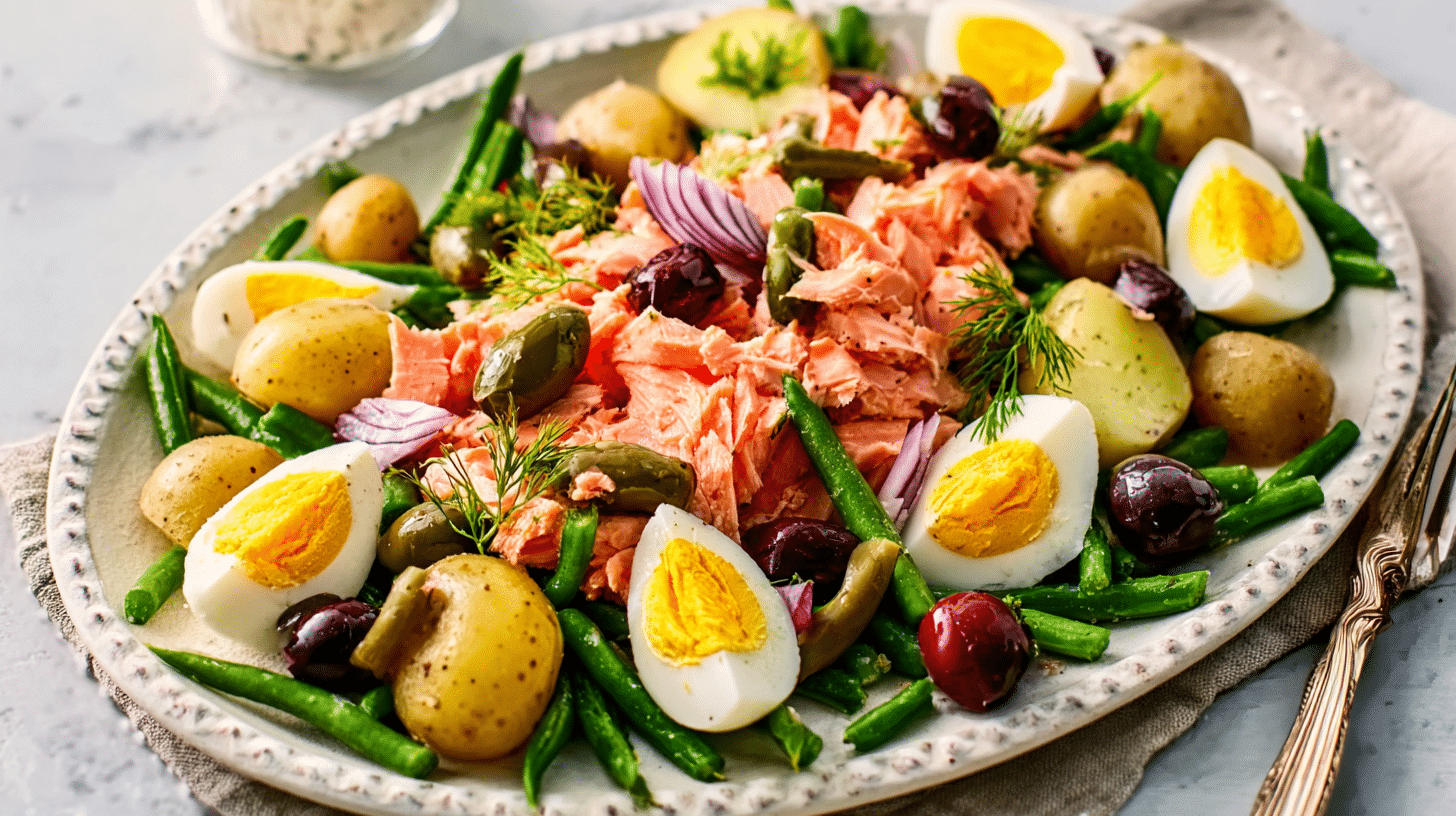
|
Ingredients (2 servings):
|
Method:
-
Arrange potatoes, beans, eggs, and olives on a plate.
-
Add salmon, drizzle vinaigrette.
Pro Tip: Chill all components before assembling for a refreshing summer meal.
14. Salmon Flatbread Pizza
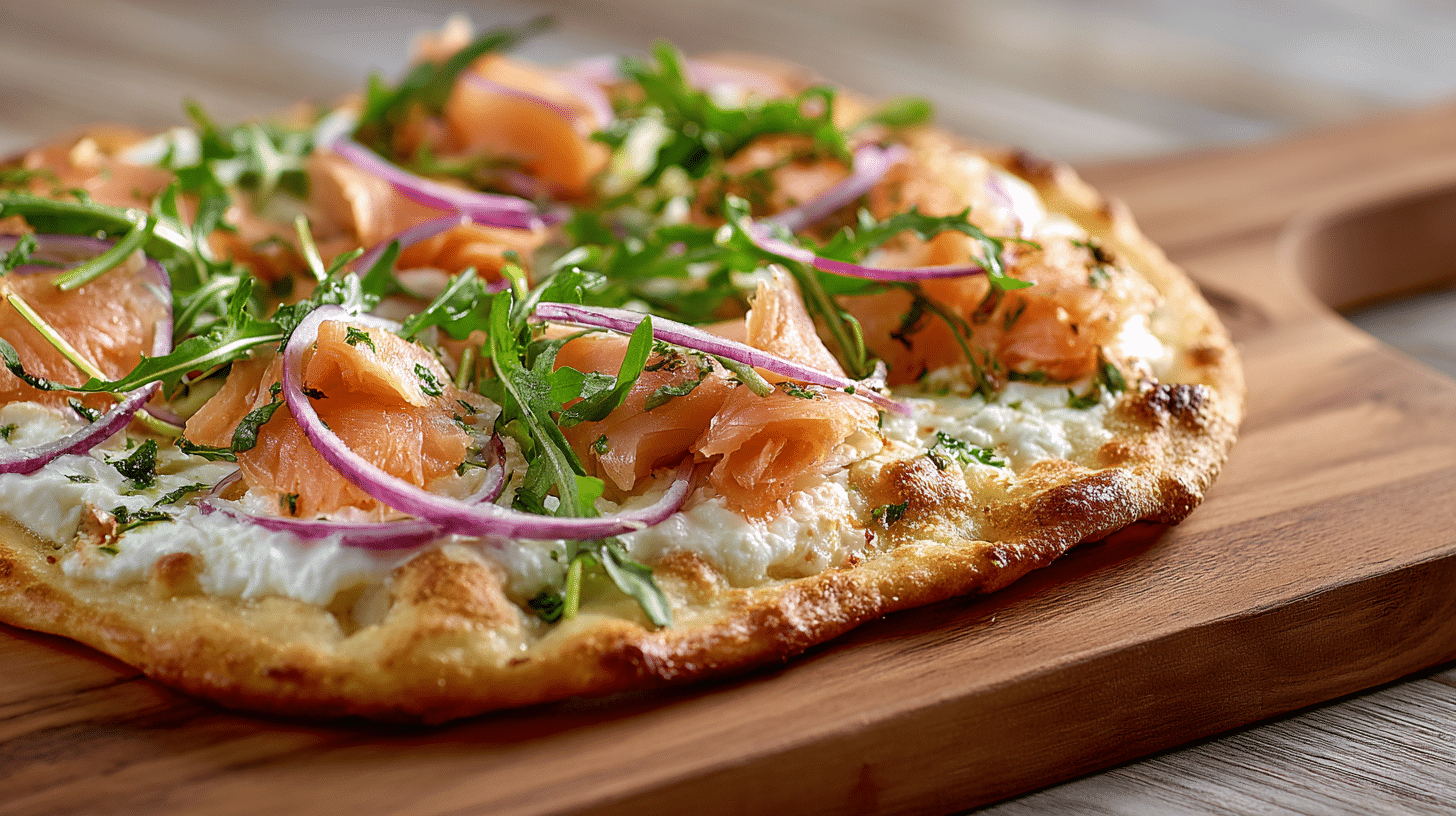
|
Ingredients (1 flatbread):
|
Method:
-
Pre-bake flatbread at 400°F for 5 mins.
-
Spread ricotta, bake lightly.
-
Top with salmon, onion, and arugula.
Pro Tip: Use smoked salmon for a lox-style flatbread with big flavor.
15. Salmon Sushi Bowl
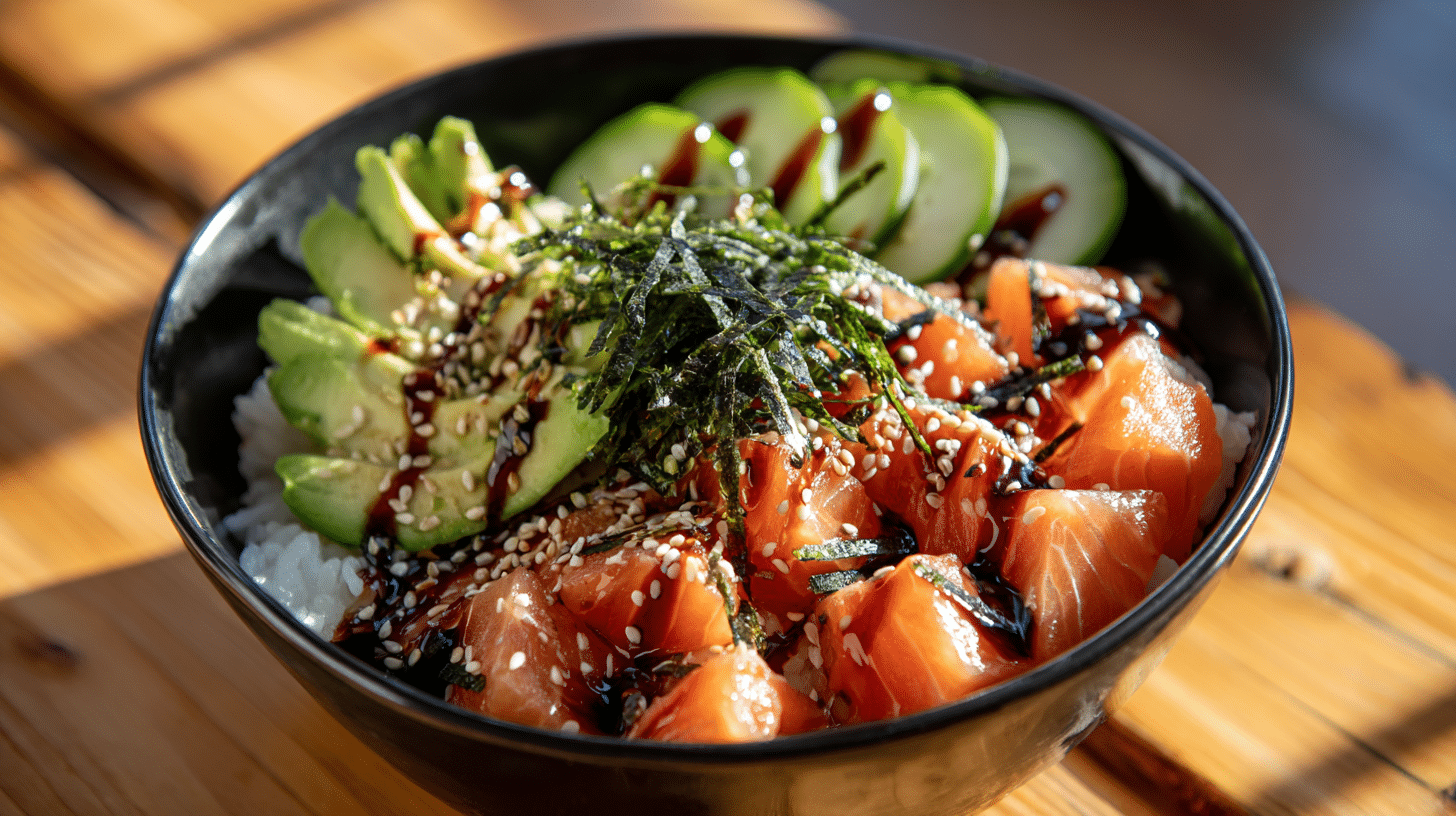
|
Ingredients (2 bowls):
|
Method:
-
Place rice in bowls.
-
Top with salmon, cucumber, avocado, and nori.
-
Drizzle dressing, sprinkle sesame seeds.
Pro Tip: Chill the salmon before adding. It keeps the bowl fresh and vibrant.
Storage and Reheating Tips
Taking care of leftover salmon properly makes all the difference.
1. Storage Guidelines
Put cooked salmon in an airtight container as soon as it cools down. Store it in the coldest part of your fridge. Use it within three to four days for the best quality and safety.
If you want to keep it longer, freezing is an option. Wrap the salmon tightly in plastic wrap, then put it in a freezer bag. Frozen cooked salmon lasts about two to three months.
2. Reheating Techniques
The key to reheating salmon is low and slow. High heat dries it out fast.
For the oven, set it to 275-300°F. Put the salmon in a covered dish with a splash of water or broth. Heat for about 10-15 minutes.
On the stovetop, use a covered pan with a little butter or oil. Keep the heat low.
The microwave works in a pinch, but use low power and short bursts of 20-30 seconds. Cover the salmon with a damp paper towel.
For many recipes, you don’t need to reheat the salmon at all. It tastes great cold in salads, dips, and wraps.
Visual & Textual Cues to Know Leftover Salmon is Still Good
Leftover salmon can be tricky: freshness and texture change quickly once cooked. Use these simple cues to decide if it’s safe and tasty to eat.
| Cue | What to Look For | What It Means |
|---|---|---|
| Smell | Fresh, clean aroma (not sour or overly “fishy”) | Still good to eat |
| Texture | Moist, flaky flesh (not stringy, mushy, or slimy) | Properly stored and safe |
| Taste Test | Balanced flavor if used in soups or patties | No off-flavors = good quality |
| Reheating | Warm throughout, not overheated | Prevents drying and keeps flavor |
If your salmon passes these checks, it’s safe to enjoy in your favorite leftover recipes.
Conclusion
Leftover salmon isn’t a burden. It’s an opportunity to create something new and delicious. With these recipe ideas, you have plenty of options for breakfast, lunch, dinner, and snacks.
Remember the key tips: store salmon properly, use it within three to four days, reheat gently, and add moisture and bold flavors.
These simple practices keep your leftover salmon recipes tasting fresh.
Pick a recipe that sounds good to you and give it a try. You might be surprised at how much you enjoy cooking with leftovers!

